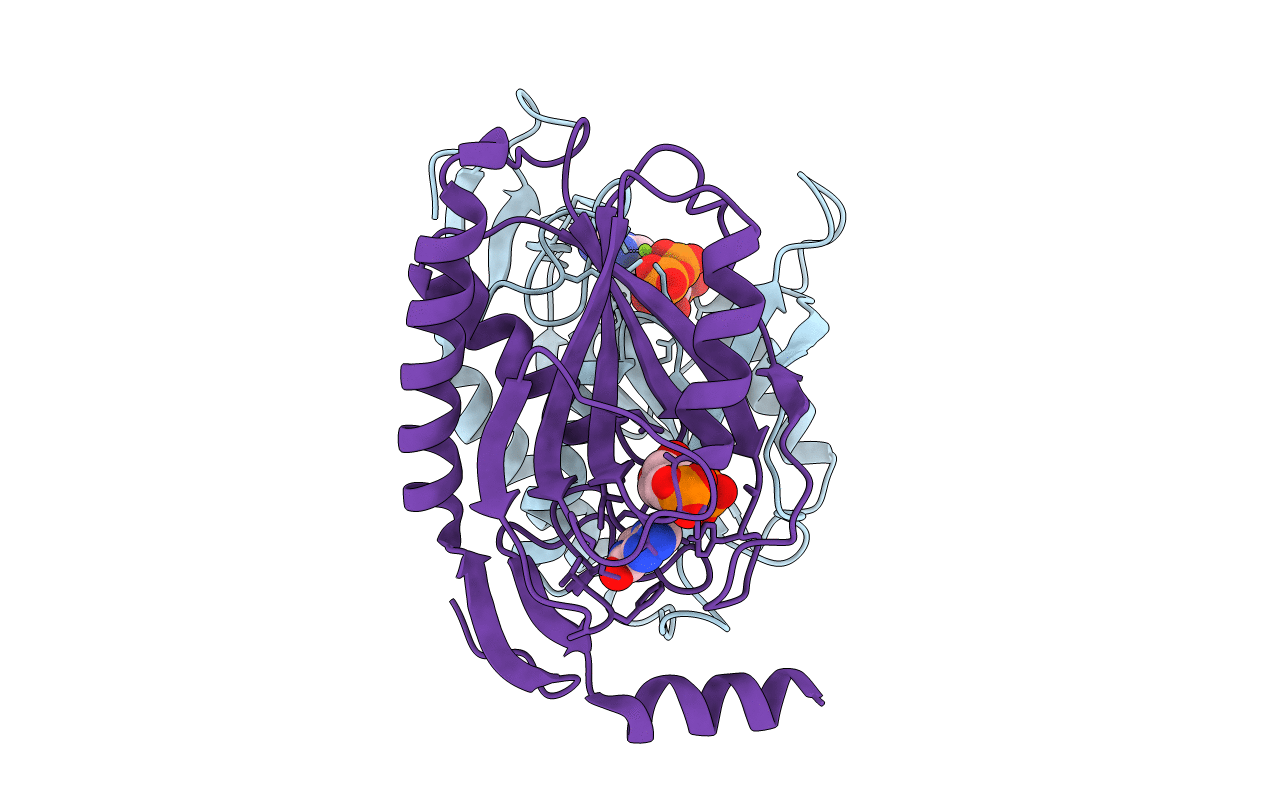
Deposition Date
1998-11-04
Release Date
2000-03-08
Last Version Date
2023-08-23
Entry Detail
PDB ID:
1TC2
Keywords:
Title:
TERNARY SUBSTRATE COMPLEX OF THE HYPOXANTHINE PHOSPHORIBOSYLTRANSFERASE FROM TRYPANOSOMA CRUZI
Biological Source:
Source Organism:
Trypanosoma cruzi (Taxon ID: 5693)
Host Organism:
Method Details:
Experimental Method:
Resolution:
1.81 Å
R-Value Free:
0.23
R-Value Work:
0.18
R-Value Observed:
0.19
Space Group:
P 1 21 1


